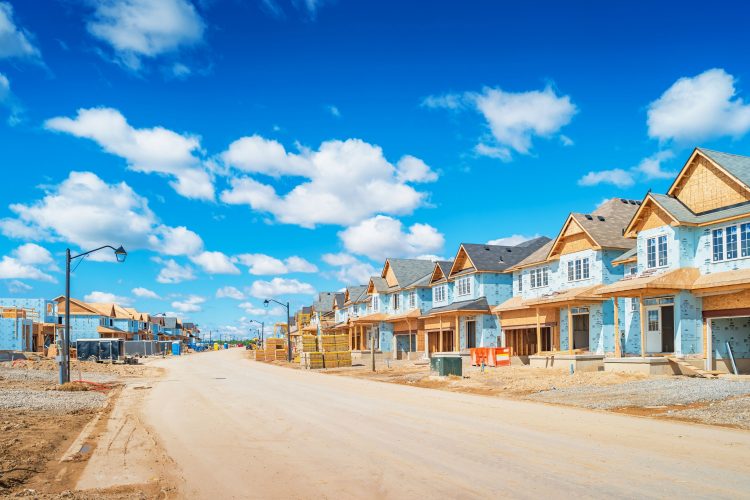According to the National Association of Home Builders’ (NAHB) Home Building Geography Index (HGBI), quarter 4 of 2023 showed signs of single-family home construction picking up. This “stirring” is attributed to “moderating” mortgage rates (i.e. demand is picking up) and the lack of inventory necessitating new construction. However, the multifamily building sector showed either negative or no growth.
Across the seven-county classifications employed by the HGBI (determined by size and proximity to a nearby metropolis), growth in single-family homebuilding was as follows:
- 16% growth in large metro core counties
- 25% in large metro suburban counties
- 9.6% in large metro outlying counties
- 28.7% in small metro core counties
- 10% in small metro outlying areas
- 6.5% in micro counties
- 4.2% in non-metro/micro counties
The Index likewise found that 24.7% of the new single-family homebuilding occurred in coastal counties, while 75.3% occurred in non-coastal counties.
Expert takeaways
“While all urban, rural, metro and county area single-family markets experienced double-digit production declines in the third quarter, construction began to turn the corner in the final quarter of the year,” said NAHB Chairman Carl Harris, a custom home builder from Wichita, Kan. “Four out of the seven markets had declines of less than 5% while one market—small, metro outlying counties—grew at a modest 0.4% rate. This positive trend is due in large part to moderating interest rates and the mortgage ‘lock-in’ effect that is dissuading many homeowners with low mortgage rates from listing their homes.”
“Single-family construction showed gradual growth across much of the nation in the fourth quarter compared to the previous quarter, and this positive movement corresponds with our latest builder surveys,” said NAHB Chief Economist Robert Dietz. “Meanwhile, new multifamily building in large, metro suburban counties posted a negative growth rate of 20% in the fourth quarter, reflecting the tail end of an apartment building boom that reached its highest level in more than 50 years.”
For the full results of the HGBI, click here.











